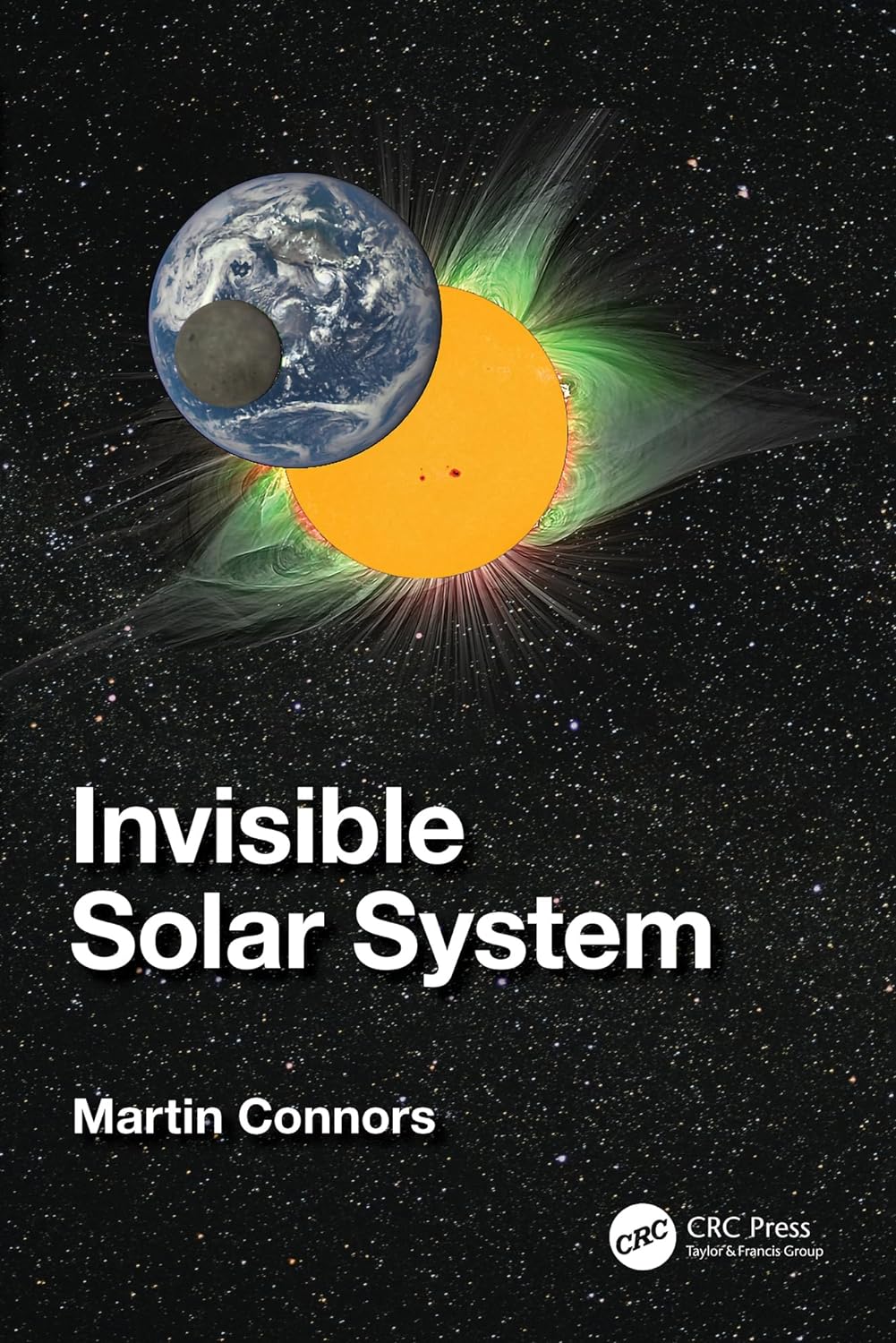

Most ebook files are in PDF format, so you can easily read them using various software such as Foxit Reader or directly on the Google Chrome browser.
Some ebook files are released by publishers in other formats such as .awz, .mobi, .epub, .fb2, etc. You may need to install specific software to read these formats on mobile/PC, such as Calibre.
Please read the tutorial at this link: https://ebookbell.com/faq
We offer FREE conversion to the popular formats you request; however, this may take some time. Therefore, right after payment, please email us, and we will try to provide the service as quickly as possible.
For some exceptional file formats or broken links (if any), please refrain from opening any disputes. Instead, email us first, and we will try to assist within a maximum of 6 hours.
EbookBell Team

4.3
88 reviewsexpanses of our own Solar System. The planets, appearing as bright specks, have
been revealed as worlds by space missions. However, the invisible spaces between
them are equally interesting. Unseen forces, such as the effect of gravity, spiraling
magnetic fields, and subatomic particles, originate from the Sun. Celestial bodies too
small to see form unexpected patterns, while atoms and nuclei are hidden even if in
our own bodies. Weaving the history of discovery with clear explanations, Invisible
Solar System pulls back the cloak of invisibility under which myriad aspects of the
local region of space are connected.
Features
• Gravity, originally seen as an invisible force, is now revealed as a curvature
of spacetime, and, even in its simple form, enables amazing patterns to form
• The smallest particles have other structures that enable them to interact,
powering the present Solar System while also giving clues to nuclear events
past and present
• Long-range forces of electricity and magnetism connect the Sun and planets,
dominating the hot plasma gas of space while protecting us from cosmic
rays via multiple layers of magnetic shields
Martin Connors is a Professor of Astronomy, Mathematics, and Physics at Canada’s dominant
distance education institution, Athabasca University. He is also affiliated with the planetary
science group at Western University in London, Canada. He has authored numerous courses and
scientific articles. His wide-ranging research has extended from the history of astronomy, through
asteroids and their impact craters, to auroras and their magnetic effects. He has been a visiting
professor at UCLA and at Nagoya University in Japan. When not doing scientific work, he reads
about history, practices foreign languages, and blends photography with travel when possible.